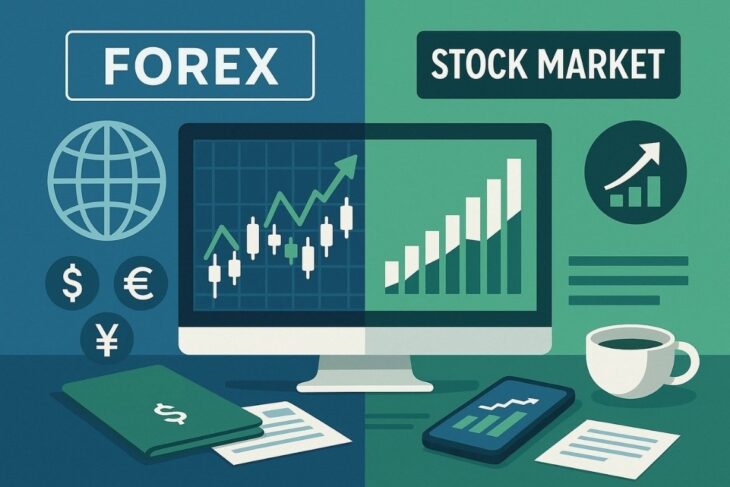The key difference between the forex market and the stock market lies in what is being traded and how each market operates..
In forex (foreign exchange), traders buy and sell currencies, such as the U.S. dollar, euro, or yen, to profit from changes in exchange rates.
In the stock market, investors buy shares of companies, such as Apple or Toyota, aiming to gain from stock price appreciation or dividends.
This fundamental distinction, currencies vs. company ownership, drives how each market behaves, the factors that influence prices, and how traders approach risk and profit.
How Each Market Works
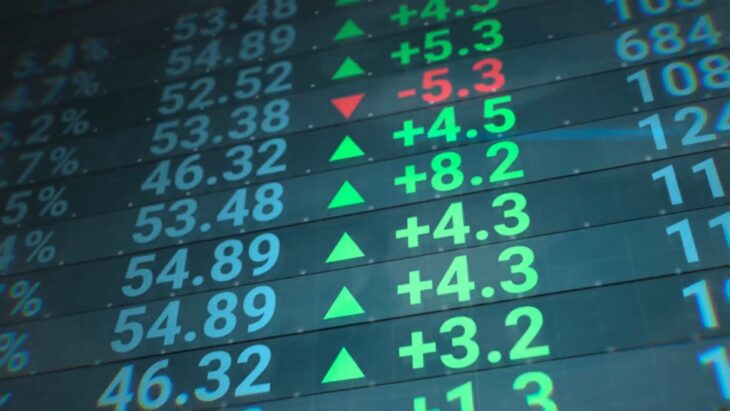
The forex market is the world’s largest financial market, operating 24 hours a day, five days a week. It has no central exchange; instead, it runs through a decentralized network of global banks, brokers, and electronic systems. Trades always involve a currency pair, for example, EUR/USD, where one currency is bought while the other is sold.
The stock market, by contrast, is centralized. Stocks are traded on regulated exchanges like the New York Stock Exchange (NYSE) or the NASDAQ during specific hours. Each share represents a small portion of ownership in a company, giving investors a claim on profits and voting rights.
| Aspect | Forex Market | Stock Market |
| What’s traded | Currencies (USD, EUR, JPY, GBP, etc.) | Company shares (Apple, Tesla, etc.) |
| Market type | Decentralized global network | Centralized exchanges |
| Trading hours | 24 hours a day, 5 days a week | Limited daily hours (e.g., 9:30–4:00 ET) |
| Volume (daily) | $7.5 trillion+ | $300–400 billion |
| Leverage | Very high (up to 1:500 in some cases) | Lower (typically up to 1:2 or 1:4 for retail) |
| Influencing factors | Macroeconomic data, interest rates, and geopolitics | Company performance, earnings, sector trends |
| Ownership | No ownership, speculative on price movement | Actual ownership of a company |
| Participants | Banks, hedge funds, corporations, individuals | Institutional and retail investors |
| Liquidity | Extremely high | Varies by stock and exchange |
Market Size and Accessibility
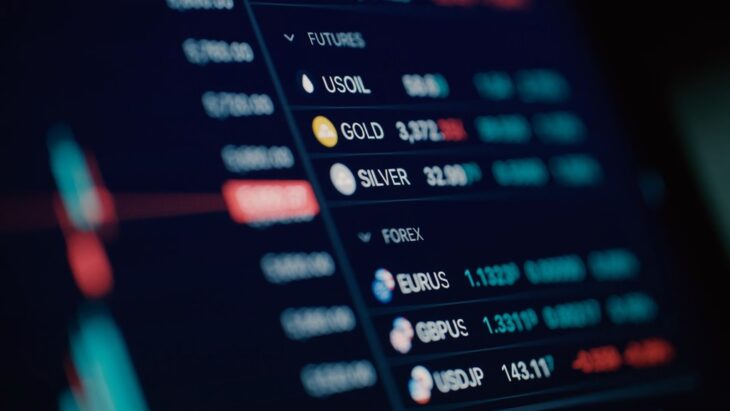
Forex is by far the largest and most liquid market on the planet, with more than $7.5 trillion traded daily (according to the Bank for International Settlements, 2022). This liquidity makes it easy to enter and exit positions instantly, even with large volumes. Because it’s decentralized, anyone can participate through brokers with relatively small starting capital.
Stock markets, while smaller, still represent massive value. The global stock market is worth around $110 trillion, but daily trading volume is only a fraction of forex. Access is often more restricted, requiring brokerage accounts that comply with national regulations. Stocks are also influenced by company-specific information such as quarterly earnings or mergers.
To explore practical comparisons between trading platforms, spreads, and broker regulations, you can refer to this site, a useful resource that breaks down the realities of forex and stock trading for both beginners and experienced investors. It helps traders understand which market suits their goals, available tools, and risk levels before committing capital.
Volatility and Risk
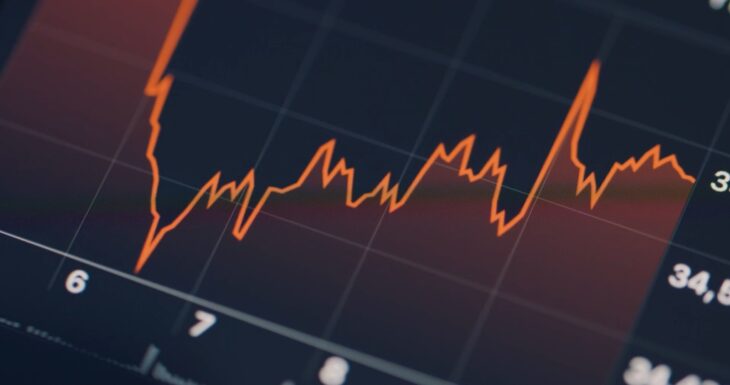
Both markets carry risk, but the nature of that risk differs.
Forex volatility often stems from economic events, like central bank announcements or geopolitical changes, which can cause large currency swings within minutes. Traders use leverage to amplify potential gains, but this also multiplies losses.
Stock market volatility is often linked to company earnings reports, investor sentiment, or industry disruptions. While sharp moves occur, they usually affect specific companies or sectors rather than the entire market.
| Factor | Forex Volatility | Stock Market Volatility |
| Main drivers | Economic data, central bank policy, and interest rates | Corporate earnings, news, and management changes |
| Typical price movement | Smaller daily ranges but amplified by leverage | Larger percentage swings in smaller-cap stocks |
| Risk type | Currency risk, leverage risk | Market risk, company-specific risk |
| Hedging options | Forward contracts, options, cross-hedging | Options, futures, sector ETFs |
Regulation and Transparency
The stock market is heavily regulated, with clear oversight by agencies like the SEC (U.S.), FCA (UK), or ESMA (EU). Companies must disclose their financials, giving investors access to audited data.
Forex regulation varies by region. Major hubs like the U.S., UK, and Australia have strong oversight, but many forex brokers operate offshore with limited supervision. This creates opportunities but also increases the risk of scams or manipulation for inexperienced traders.
Trading Styles and Participants
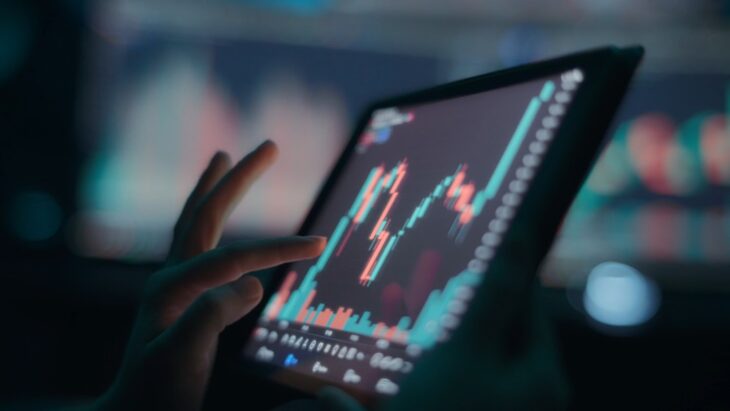
Forex trading attracts speculators, central banks, and corporations. For instance, airlines might hedge against currency risk by locking in exchange rates for future fuel purchases. Meanwhile, retail traders often focus on short-term trades using technical analysis.
The stock market has a broader investor base, from day traders to long-term investors, pension funds, and mutual funds. Many participants use a mix of fundamental analysis (evaluating a company’s value) and technical analysis (price charts and patterns).
| Trader Type | Forex Focus | Stock Market Focus |
| Retail trader | Speculative trades using leverage | Day trading or swing trading |
| Institutional investor | Hedging and large-scale currency management | Long-term investment in portfolios |
| Corporation | Managing cross-border payments | Issuing or buying back shares |
| Central bank | Managing national currency policy | Not applicable |
Returns and Investment Goals
Forex is primarily speculative. Traders aim for small, quick profits across many trades, using leverage to magnify results. There are no dividends or long-term capital gains because currencies do not produce income, only price movements.
Stock investing, on the other hand, can generate both short-term and long-term returns. Investors may profit from rising stock prices and dividends paid by companies. Over decades, stock markets tend to grow alongside the economy, making them suitable for wealth building rather than pure speculation.
| Investment Type | Forex | Stocks |
| Purpose | Short-term speculation | Long-term growth and income |
| Profit sources | Price movement only | Price appreciation + dividends |
| Average return | Highly variable (depends on leverage) | 7–10% annual historical average (S&P 500) |
| Best suited for | Active traders with risk tolerance | Long-term investors and funds |
Economic Sensitivity
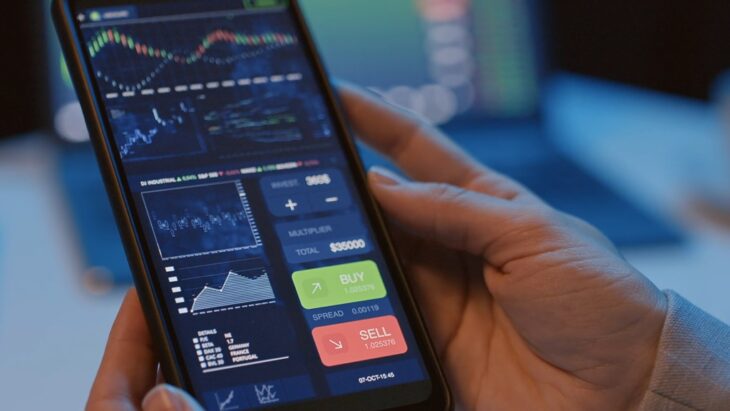
Forex markets are macro-driven, sensitive to global interest rates, inflation, trade balances, and political stability. A small change in Federal Reserve policy or European Central Bank comments can move global currency pairs within seconds.
Stock markets are micro and macro-driven. A single company’s stock may move due to its internal news (like product launches or layoffs), while broader indexes react to macroeconomic data, inflation rates, or investor confidence.
Final Thoughts
The forex and stock markets both offer opportunities, but they cater to different goals and temperaments.
If you seek high liquidity, fast-paced action, and global exposure, forex provides an open and continuous playground, but with high risk due to leverage
. If you prefer long-term wealth building and ownership in real companies, the stock market offers more transparency, regulation, and stability.
